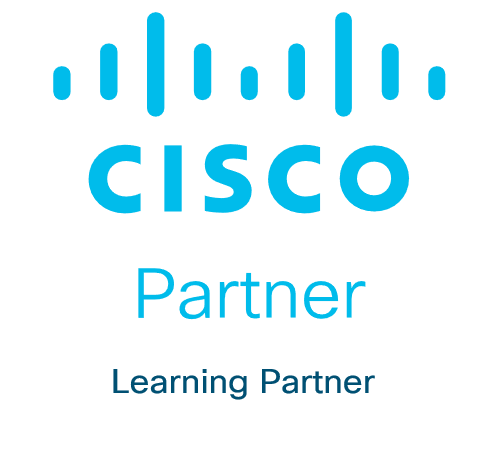Ask for more dates, other languages or a different delivery mode as needed and we will do our best to meet your needs.
| Language | Mode | Start Date |
|---|---|---|
| German | Virtual Class or Classroom | On request |
| French | Virtual Class or Classroom | On request |
| Italian | Virtual Class or Classroom | On request |
| English | Virtual Class or Classroom | On request |
What you’ll learn
What to expect in the exam
The 300-420 ENSLD exam certifies your knowledge of enterprise design including advanced addressing and routing solutions, advanced enterprise campus networks, WAN, security services, network services, and SDA.
After you pass the 300-420 ENSLD exam:
- You earn the Cisco Certified Specialist – Enterprise Design certification.
- You will have satisfied the concentration exam requirement for the new CCNP Enterprise certification. To complete your CCNP Enterprise certification, you must pass the Implementing 350-401 Cisco Enterprise Network Core Technologies (ENCOR) exam or its equivalent.
Who should enroll
- Network design engineers
- Network engineers
- System administrators
Technology areas
- Enterprise networking
- Routing and switching
- Design
Training overview
Objectives
After taking this training, you should be able to:
- Design Enhanced Interior Gateway Routing Protocol (EIGRP) internal routing for the enterprise network
- Design Open Shortest Path First (OSPF) internal routing for the enterprise network
- Design Intermediate System to Intermediate System (IS-IS) internal routing for the enterprise network
- Design a network based on customer requirements
- Design Border Gateway Protocol (BGP) routing for the enterprise network
- Describe the different types and uses of Multiprotocol BGP (MP-BGP) address families
- Describe BGP load sharing
- Design a BGP network based on customer requirements
- Decide where the L2/L3 boundary will be in your Campus network and make design decisions
- Describe Layer 2 design considerations for Enterprise Campus networks
- Design a LAN network based on customer requirements
- Describe Layer 3 design considerations in an Enterprise Campus network
- Examine Cisco SD-Access fundamental concepts
- Describe Cisco SD-Access Fabric Design
- Design a Software-Defined Access (SD-Access) Campus Fabric based on customer requirements
- Design service provider-managed VPNs
- Design enterprise-managed VPNs
- Design a resilient WAN
- Design a resilient WAN network based on customer requirements
- Examine the Cisco SD-WAN architecture
- Describe Cisco SD-WAN deployment options
- Design Cisco SD-WAN redundancy
- Explain the basic principles of QoS
- Design Quality of Service (QoS) for the WAN
- Design QoS for enterprise network based on customer requirements
- Explain the basic principles of multicast
- Designing rendezvous point distribution solutions
- Describe high-level considerations when doing IP addressing design
- Create an IPv6 addressing plan
- Plan an IPv6 deployment in an existing enterprise IPv4 network
- Describe the challenges that you might encounter when transitioning to IPv6
- Design an IPv6 addressing plan based on customer requirements
- Describe Network APIs and protocols
- Describe Yet Another Next Generation (YANG), Network Configuration Protocol (NETCONF), and Representational State Transfer Configuration Protocol (RESTCONF)
Prerequisites
Before taking this training, you should have earned CCNA® certification or be familiar with:
- Understand network fundamentals
- Implement LANs
- Implement LAN connectivity
Lab outline
- Designing Enterprise Connectivity
- Designing an Enterprise Network with BGP Internet Connectivity
- Designing an Enterprise Campus LAN
- Designing Resilient Enterprise WAN
- Designing QoS in an Enterprise Network
- Designing an Enterprise IPv6 Network



